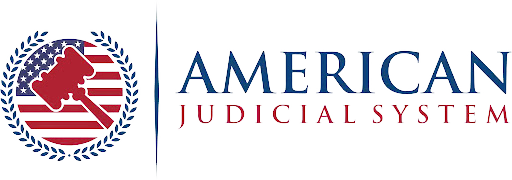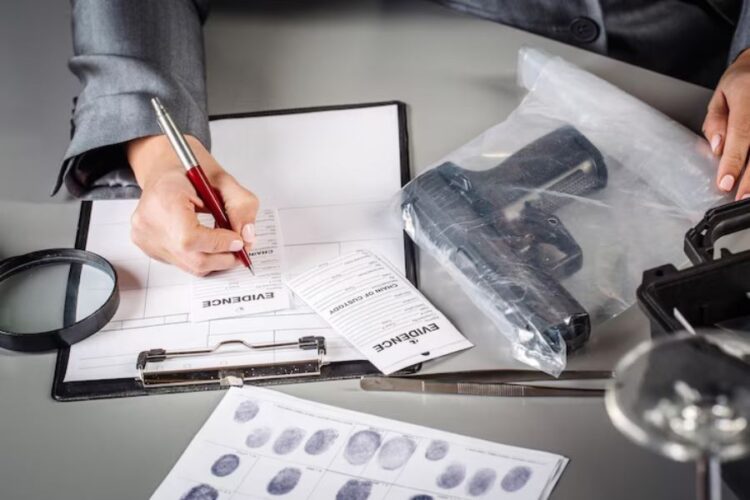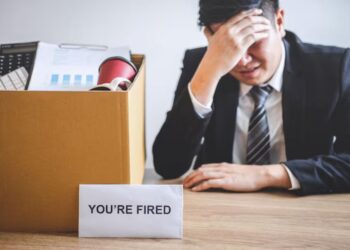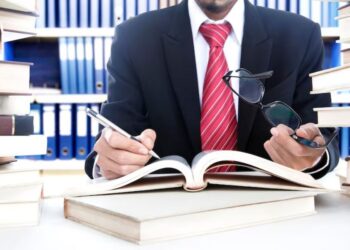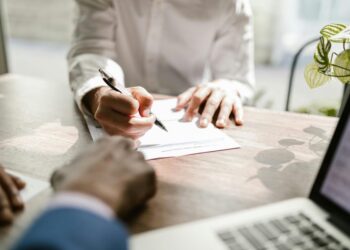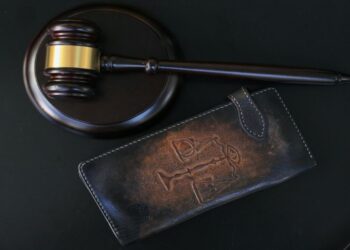A single line tucked into a patient’s file or how a wound picture is framed might matter more than what is said on the stand. Legal nurse practitioners are often the first to care for people who have been harmed, and the way they log injuries, collect stories, or note emotional clues can either strengthen or weaken a claim. The jury or judge might also never see the nurse in person, but their records act like powerful witnesses in turbulent trials.
Accurate Wording Can Make or Break a Case
When putting down patient stories or injury details, picking the right terms can echo far beyond the exam room. Small differences in phrasing, like saying “individual stated discomfort” instead of “individual was in pain”, can mark the line between personal feeling and clinical fact. Lawyers sift through every report, hunting for gaps or guesses. Clinical examiners have to balance clear medical description with language that a jury can follow without creating doubts.
Using vague or suggestive phrases can also mislead decision-makers or give the defense a chance to poke holes. For example, calling an injury “possibly from a blunt force” without backing details invites uncertainty. It is better to stick to what can be seen (where the mark is, how big it looks, its hue and texture) so no one can argue later. Every sentence must be solid, because one loose statement can cast doubt on everything else.
Objective Language Builds Credibility
Staying neutral is essential in legal claims. Notes that show bias, sympathy, or judgment risk coming off as slanted, which can make them less reliable or harm the nurse practitioner’s standing in court. Calling someone an “attacker” before a trial, or hinting at guilt or innocence, crosses a line. The justice system leans on facts, and on how those facts are framed.
Rather than saying someone was “terrified”, it is stronger to note “the individual was trembling, eyes filled with tears, and avoided looking forward”. This way, it is up to the court to decide what the reaction means, while still giving raw details. The more grounded and clinical the wording, the tougher it is to twist or dispute.
Injury Timelines Help Reconstruct the Incident
Figuring out whether a mark is fresh or days old can show if it matches what was told or if something does not add up. Medical examiners help solve such puzzles by noting not just what they see, but when they think marks or wounds first appeared based on healing signs, tissue changes, and what the patient says.
Having a clear timeline can back up or challenge witness accounts, giving a better picture of events. For instance, marks in different healing stages could point to abuse that kept happening rather than a single incident. When notes mention specific times (like when the person was last unhurt or when pain began), it further allows investigators and lawyers to match that with things like security footage, phone records, or other statements.
Photographic Evidence Must Be Precise and Contextual
Sometimes a picture shows physical proof in a way that is easy to grasp. However, snapping a photo is not as simple as pointing and clicking. The brightness, angle, scale, and setting all shape how the mark looks. A blurry or dark shot might make it seem worse or downplay its severity. Legal nurse specialists have to stick to strict rules so images hold up when they are shown in court.
Fortunately, solid forensic nurse programs teach individuals how to place a ruler or an item next to the injury, use consistent lighting, and take photos from several angles. These pictures become permanent proof that might be used years after the event, so clarity is key. When done right, they can also back up written notes and medical findings, creating a multi-point foundation for the claim.
Endnote
Legal nurse practitioners play a vital part far beyond just patient care; their notes, images, and methods can steer whole legal claims. When records stay clear, unbiased, and steady, they become some of the most powerful proof in a case.

